Feed Preservatives Size
Feed Preservatives Market Growth Projections and Opportunities
Feed Preservatives market trends involve several aspects that affect supply, demand, and industry landscape. Animal nutrition relies on feed preservatives to avoid spoiling and degradation. Feed Preservatives market growth is driven by global demand for high-quality animal products. The cattle sector must provide fresh, uncontaminated feeds as the population rises and dietary trends move toward protein-rich diets. This need for feed quality drives market dynamics, stressing feed preservation options.
The Feed Preservatives market is affected by livestock production, especially intensive farming. When vast amounts of feed are processed and stored, spoiling and microbial development increase. Feed preservatives are being used more by farmers and feed producers to extend feed shelf life due to intensified animal husbandry and feed safety concerns.
Consumer demand for Feed Preservatives is affected by global economic factors including commodity prices and income levels. As stakeholders evaluate feed preservatives' cost-effectiveness vs feed quality, animal performance, and productivity, economic variables affect market dynamics. Feed ingredient commodity prices affect market dynamics, including feed preservative cost and uptake.
Feed Preservatives are affected by the increased emphasis on sustainable and natural farming. Consumers choose natural feed preservatives as they seek products from animals produced without synthetic chemicals. Innovation in natural feed preservatives for livestock sustainability is encouraged by this market trend.
Progress in feed preservation technology drives the Feed Preservatives industry. Effectiveness, safety, and adaptability of feed preservatives are improved via research and development. Advances in preservation technology address mycotoxin contamination, bacterial development, and oxidative degradation, giving farmers and feed makers better feed quality and safety solutions that affect market dynamics.
Animal type and feed consumption affect market dynamics due to the necessity for appropriate feed preservation methods. Poultry, swine, and cattle may need different preservatives. Diverse animal production methods generate market need for customized feed preservative solutions.The growth and well-being of livestock animals depend on feed preservatives, which help provide nutrient-rich feed. Animal reproduction, lactation, and brand equity benefit from this nutritionally dense feed.
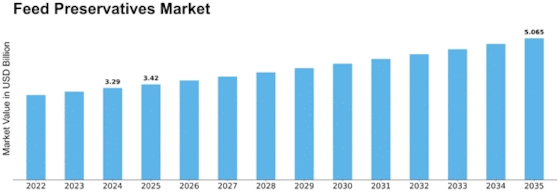

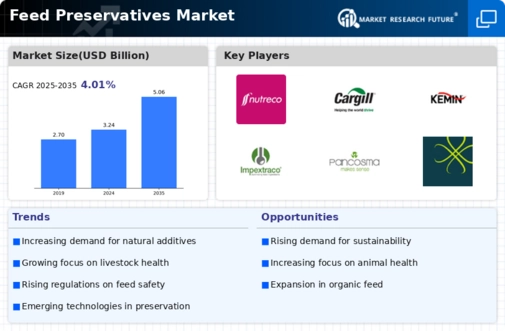
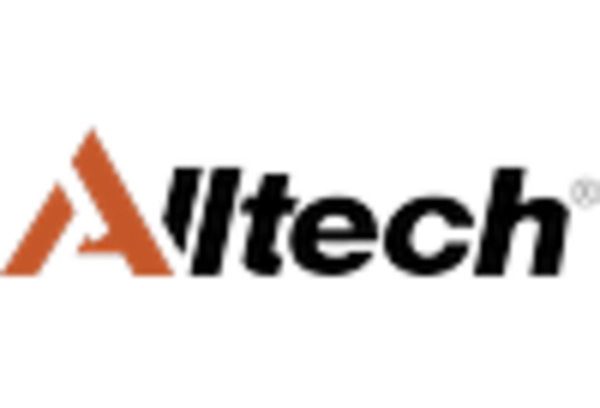

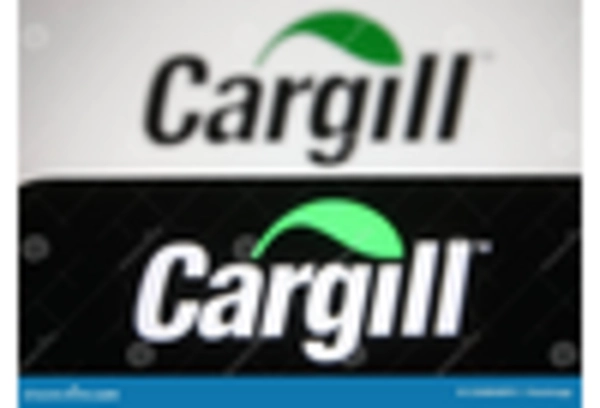

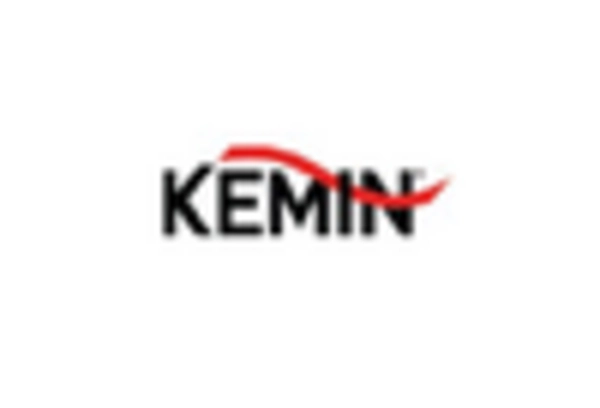
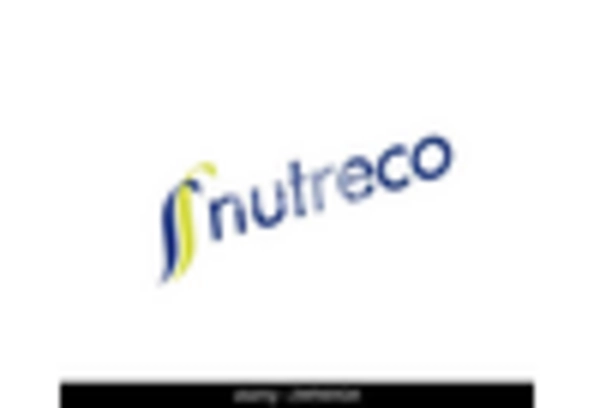









Leave a Comment